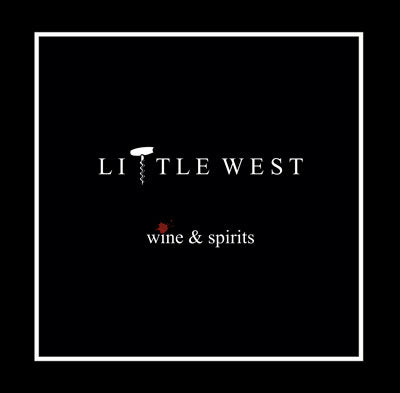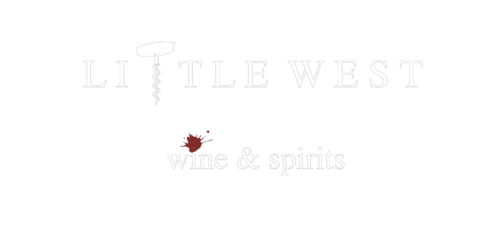
Château Cantemerle, Haut-Médoc 5ème Grand Cru Classé 2011
For online shipping orders only, allow two business days to ship.
Cantemerle soil is a mixture of silica and gravel. The gravels, which appeared as a result of thousand-year-old erosion of the Pyrenees by the river Garonne, form one of the fundamental elements of a quality vineyard. They form poor soils where the vines "struggle" to give rise to grapes with high concentration. Besides this, the small pebbles in the soil fulfil the role of a filter and actively contribute to grape maturity by reflecting the sun's rays and, during the night, retaining the heat soaked up in the day.
Grape varieties :
- 60 % Cabernet Sauvignon
- 30 % Merlot
- 06 % Cabernet Franc
- 04 % Petit Verdot
Average age of vines : 30 years
Over the years, the vine's root system searches deeper in the soil for its nutrients and consequently acquires more of the typicity of the terroir in which it is planted. Fruit production also tends to dwindle, providing greater concentration of the grape's noble compounds.
Vines density : 9 600 per hectare
The deep gravel soils of the Médoc are naturally poor in organic matter. High-density planting encourages competition between the vines which, combined with frequent ploughing and working over, forces the roots to dig deeper into the soil to find their necessary nutrition.
The result is that yield is significantly reduced, allowing the grapes to reach maturity in the best conditions.
Rootstock : 3309-10114 Riparia Gloire
Since the phylloxera crisis at the end of the nineteenth century, vines that used to be planted directly into the arth are grafted onto rootstock varieties that are resistant to it. There are many species of rootstock, each of which possesses particular qualities making it suitable for a certain soil type and planting density.
Pruning : Médoc double Guyot
Every year, at the end of autumn, the vine-growers prune the vines ready for the following year's crop. Pruning is done entirely by hand and lasts approximately five months.
The Médoc Double Guyot pruning method leaves two astes (the Bordeaux region's name for canes), each of which ears two or three buds, together with two renewal (replacement) spurs, which will be pruned the following year.
Guyot double médocaine
Deleafing : Face to face, in August and September
Foliage is removed from the lower part of the vine in the parts of the vineyard to be harvested. The bunches of grapes are thus exposed to direct sunlight, which helps improve the tannins in the skins. Removing foliage also provides better ventilation.
Thinning out : Grape thinning in early July
Green harvest eventually occurs after the changing of color. Also commonly known in France as the "green harvest", thinning out involves deliberately reducing clusters of grapes on over-productive vines or on those with badly distributed clusters. This operation encourages grape maturity and curbs the development of grey rot during harvesting.
Yields : 50-55 hl/ha
Grapes harvesting : Handpicking + selective sorting
Performed in the vineyard on four tables, each with four sorters, selective sorting eliminates damaged bunches, dried leaves and other unwanted foreign bodies from the freshly picked grapes. This is a decisive stage in the quality chain.
